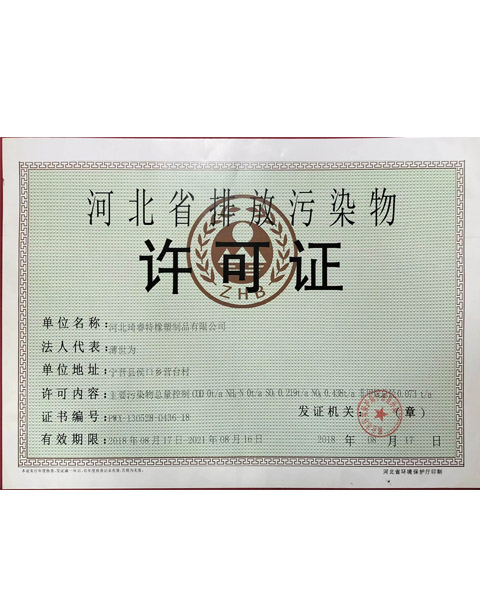Best Wrench Size for Power Steering Hose Removal Guide
What Size Wrench to Remove Power Steering Hose
When it comes to maintaining your vehicle, understanding the tools needed for specific tasks is crucial. One common maintenance job that many car owners face is replacing or repairing the power steering hose. This is a task that can often be done at home, but it does require the right tools, particularly the correct size of wrench. In this article, we will delve into what size wrench you need to remove a power steering hose, as well as some additional tips to help you through the process.
Understanding the Power Steering System
Before we dive into the tools required, it's important to understand what the power steering system does. The power steering system uses hydraulic pressure to assist in steering the vehicle, making it easier to maneuver. The power steering hose is a crucial part of this system, as it carries hydraulic fluid between the power steering pump and the steering gear. Over time, these hoses can wear out or become damaged, leading to leaks or a loss of power steering assist.
Identifying the Right Wrench Size
The size of the wrench needed to remove the power steering hose can vary depending on your vehicle's make and model. Most commonly, the fittings for power steering hoses are either 5/8-inch or 3/4-inch fittings, as these are the standard sizes used in many vehicles. However, some manufacturers may use different sizes, so it's always best to double-check your owner’s manual or consult a repair manual for your specific vehicle.
One of the easiest ways to determine the right wrench size is to visually inspect the hose fittings. If you have a set of metric wrenches, you may also find that some vehicles use metric sizes, such as 16mm or 18mm. If you're unsure, a combination of an adjustable wrench and a set of standard and metric socket wrenches can be very helpful.
Tools Needed for the Job
In addition to the correct wrench, there are a few other tools that will make the job easier
1. Socket Wrench Set A good socket wrench set that's complete with both standard and metric sizes can help you tackle any surprise fittings that might not be the norm for your vehicle.
2. Line Wrench A line wrench, also known as a flare nut wrench, is designed specifically for removing hoses and fittings. This wrench type provides a better grip on the rounded sides of nuts, reducing the risk of stripping them, which can be a common issue when using regular wrenches.
3. Rags Hydraulic fluid can be messy, so having rags nearby to clean up spills is a must.
what size wrench to remove power steering hose

4. Replacement Fluid Be prepared with new power steering fluid to refill the system after replacing the hose.
Step-by-Step Guide to Remove the Power Steering Hose
1. Safety First Ensure your vehicle is parked on a flat surface, and disconnect the battery to avoid any electrical shorts.
2. Locate the Hose Identify where the power steering hose connects to the pump and the steering gear.
3. Use the Correct Wrench Fit the appropriate size wrench onto the fitting. If it’s a tight space, a line wrench may provide better leverage.
4. Loosen the Fittings Turn the wrench counterclockwise to loosen the fittings. If you encounter resistance, applying penetrating oil to the threads can help.
5. Remove the Hose Once the fittings are loose, you can hand-tighten them until they are fully removed.
6. Install the New Hose If replacing the hose, thread the new one in and tighten the fittings securely.
7. Refill Power Steering Fluid After the new hose is in place, refill the power steering fluid with the type specified for your vehicle.
Conclusion
Removing the power steering hose is a relatively straightforward task, provided you have the right tools and the correct size wrench. By understanding the sizes and types of wrenches needed and following a systematic approach, you can perform this maintenance job efficiently. Always refer to your vehicle’s manual for specific information regarding your car, and when in doubt, don’t hesitate to consult a professional mechanic for assistance. Remember, proper maintenance not only ensures a smooth driving experience but also prolongs the lifespan of your vehicle's components.
-
Ultimate Spiral Protection for Hoses & CablesNewsJun.26,2025
-
The Ultimate Quick-Connect Solutions for Every NeedNewsJun.26,2025
-
SAE J1401 Brake Hose: Reliable Choice for Safe BrakingNewsJun.26,2025
-
Reliable J2064 A/C Hoses for Real-World Cooling NeedsNewsJun.26,2025
-
Heavy-Duty Sewer Jetting Hoses Built to LastNewsJun.26,2025
-
Fix Power Steering Tube Leaks Fast – Durable & Affordable SolutionNewsJun.26,2025

